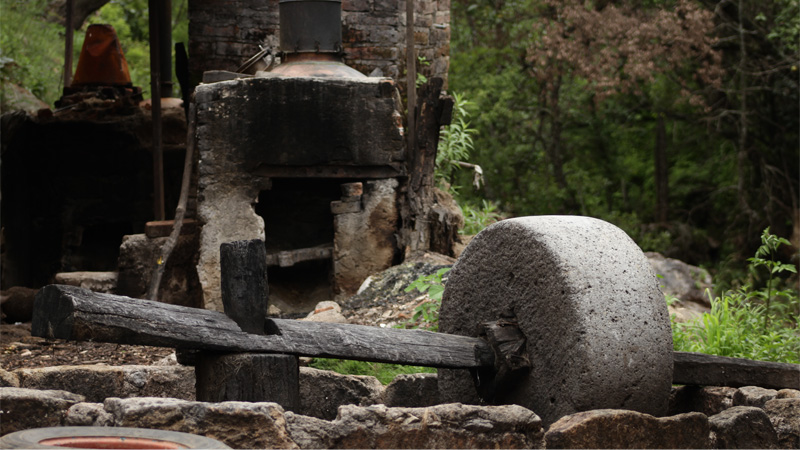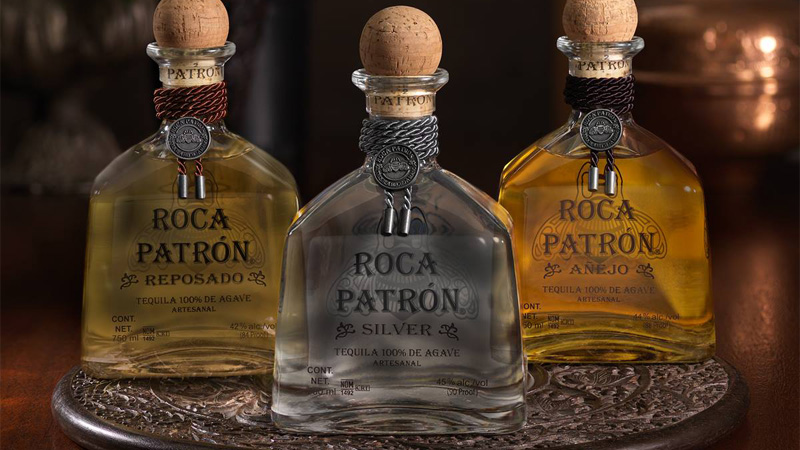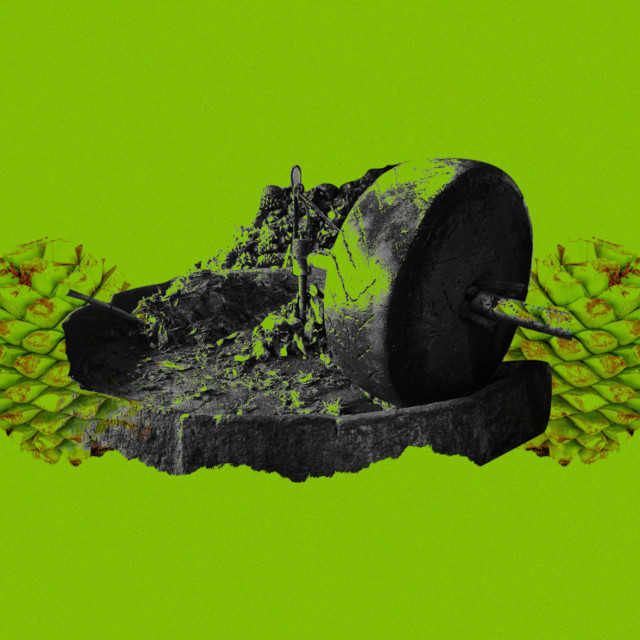
This article is part of a series, highlighting the importance of additive-free and authentic tequila, partnered by PATRÓN. Discover more at The World of PATRÓN.
There’s no doubt: We are now completely in love with tequila. The value of the global tequila market is expected to expand to a whopping $14.78 billion by 2028, up from about $9.41 billion in 2020, according to recent reports. Unlike in previous eras, there are now plenty of quality brands for fans to sample and enjoy, with new bottles popping up nearly every week. And drinkers today have much more information as well as far better opportunities to learn how their favorite spirit is made, from the beautiful agave plants themselves to the dedicated jimadors who tend and harvest them.
But as we learn more about tequila, we’re also hearing about some less appealing (though unfortunately fairly common) aspects of its production — including the frequent use of various additives, which can include colorings, thickeners, and flavorings.
Discerning drinkers are also becoming more aware of “diffusers,” the massive industrial extractors that increase the efficiency of agave processing at the expense of the resulting spirit’s taste and flavor (thus the need for additives). As consumers gain deeper knowledge about tequila production, a few brands start to stand out for being different — like PATRÓN, which produces highly acclaimed, additive-free tequilas without ever using diffusers.
Instead, PATRÓN uses a mix of two traditional production methods: the old-school stone mill known as the tahona, coupled with a similar tool known as a roller mill, explains Antonio Rodriguez, director of production for PATRÓN.
“To make the PATRÓN core line of tequila, we uniquely use a blend of both production processes to produce our tequila,” Rodriguez says. “This is the way PATRÓN has been made since its inception, ever since our former master distiller, Francisco Alcaraz, pioneered the ultra-premium tequila category.”
COMMITMENT TO TAHONA
While PATRÓN uses a mix of the two methods for most of its spirits, it also placed a big bet on 100 percent tahona production with its all-tahona Roca line, which launched in 2014. Taking its name from the massive, 2-ton “rock” tahona wheel that slowly crushes the cooked agave, PATRÓN Roca highlights the character of the tahona method, which is known for creating spirits with smoother and sweeter flavor profiles — in other words, tequila with character.

The process for all tequila production starts with the Weber Blue cultivar of the blue agave plant, Agave tequilana, which must grow for up to seven years before it is ready to become the eponymous spirit. Despite the time needed, agave is an important crop in the Mexican state of Jalisco and a few areas in neighboring states, where some 300 million of the plants are harvested each year.
After the harvest, the jimadors trim the long, spiky leaves from the agave plants, cutting them into piñas, so called because they look like pineapples. This is where the tahona method differentiates itself. While an industrial diffuser doesn’t require that these agave plants be cooked first, or even at all, the traditional tahona and roller mill are only used to crush agaves that have been roasted for hours, a lengthy process that converts the complex starches in the plant into sweet, fermentable sugars. Those sugars then must be removed from the roasted agave piñas.
In the case of the tahona, the juice is extracted from the roasted piñas by a massive stone wheel that can weigh some 4,000 pounds on its own. But connoisseurs note that the flavors it creates are worth the trouble.
“The tahona method is a meticulous, and today, rarely practiced process that starts with a giant, 2-ton stone wheel just over 4 feet tall that’s hand-carved from volcanic rock,” Rodriguez says. “That slowly crushes the cooked agave to break the bonds of fiber and release the rich agave juice. This centuries-old technique breaks down the agave fibers and releases the juices in a process that takes longer than the roller mill method, but also aids in retaining the flavors and complexities found in agave and preserves them for the final product of tequila.”
Traditionally, those heavy tahona wheels were pulled by donkeys or mules, though it is now fairly common to see motorized tahonas, even at small-scale, rural distilleries, sometimes using a small tractor. At PATRÓN, the tahonas are pulled by electric motors.
Known as aguamiel, the sweet juice that comes from the crushed and roasted agave plants is then fermented, a process that generally takes several days. The resulting liquid, called mosto or wash, has a beer-like level of alcohol: just 5 to 10 percent.

This mildly alcoholic mosto is then distilled at least twice. The resulting spirit can be sold as a silver or white tequila, a.k.a. blanco, or be further aged in oak barrels to create tequila’s more rarified expressions. For a reposado tequila, that means at least two months in wood. Añejo tequila takes 12 months, while an extra añejo tequila must be at least three years old.
CHARACTER FOR DAYS
Each step of that process contributes to the complex character of a great tequila. But lately, more and more of us are looking for spirits that were made using a tahona. The tahona method’s slow, time-consuming separation of the sweet aguamiel from the roasted agave piñas seems to give the resulting spirit more of the agave plant’s unique character and thus produce a more authentic tequila. “With the tahona method comes the reward of nuanced and unparalleled flavors that cannot be found in other tequilas,” Rodriguez says. “And that’s something we’re proud of.”
That’s one reason why PATRÓN is one of the few big brands that is loved and respected by tequila cognoscenti. Unlike most distilleries, all PATRÓN tequilas are made with at least 50 percent tahona-derived aguamiel, while Roca, Gran PATRÓN Piedra, and Gran PATRÓN Smoky made headlines as not-impossible-to-find bottles of 100 percent tahona tequila. When you create a spirit that tequila superfans like, people tend to hear about it.
What’s less well known, however, is the fact that PATRÓN has more working tahonas than any other producer in the world. The tahona might have captured the imagination of today’s tequila aficionados, but it is definitely not a fad. In the same way that no tequila from PATRÓN is made with diffusers, all PATRÓN tequila is also additive-free. At PATRÓN, they say this is all about staying true to the traditional tequila-making process, but it’s also quickly made the brand the largest producer of tahona-made tequila in the world.
And once you hear that, it’s just one more reason to fall in love.
This article is sponsored by PATRÓN.

